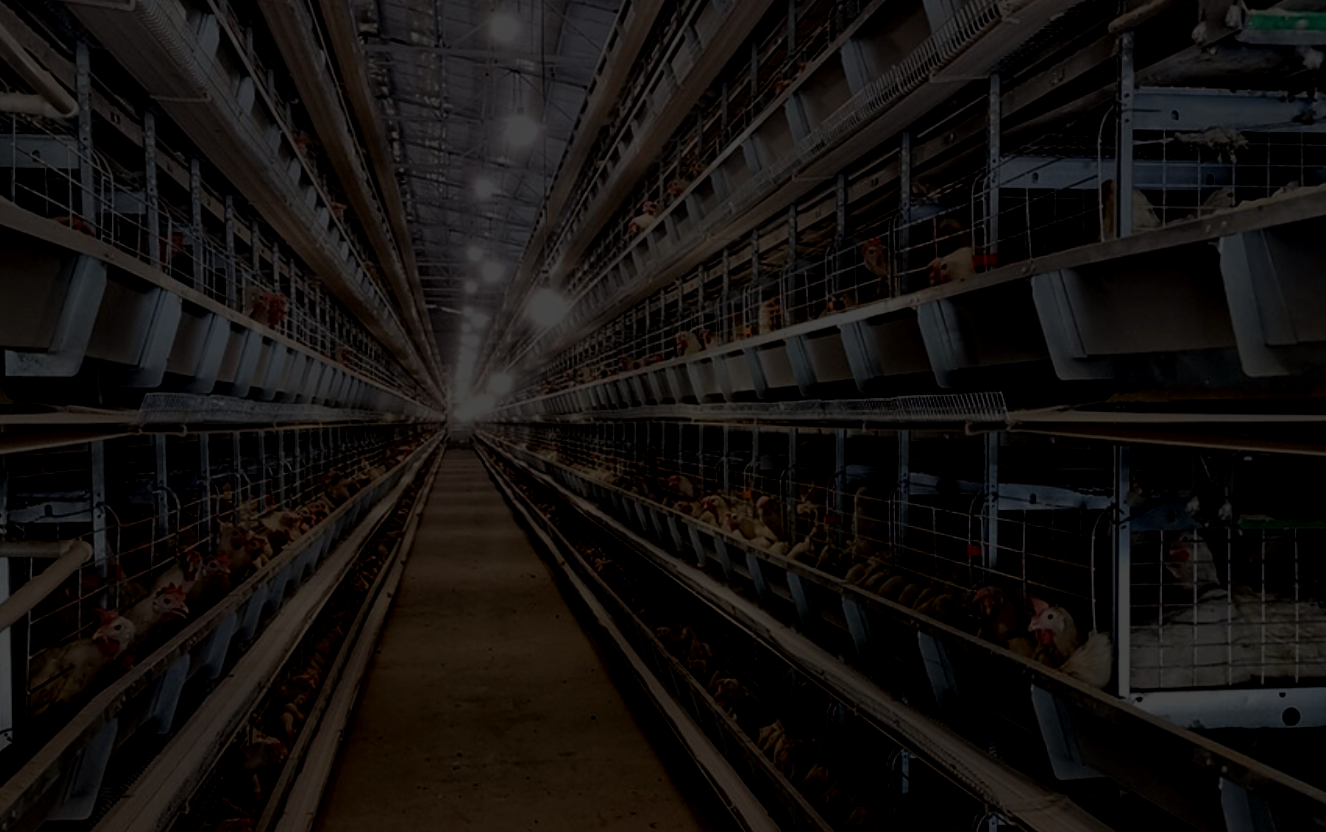
Agenda
First 3 Months: Legislative Preparation & Public Awareness
5–10 bipartisan congressional co-sponsors to lead the legislative charge.
Finalize bill language with a core team of legislators and legal experts.
Form a coalition of expert advisors, including:
Veterinarians
Economists
Environmental scientists
Sustainable farming experts
Partner with advocacy and grassroots organizations such as:
American Society for the Prevention of Cruelty to Animals (ASPCA)
Natural Resources Defense Council (NRDC)
National Family Farm Coalition (NFFC)
Animal Welfare Institute (AWI)
People for the Ethical Treatment of Animals (PETA)
Farm Aid
Organic Farmers Association (OFA)
National Sustainable Agriculture Coalition (NSAC)
Launch a nationwide public engagement campaign, including:
Mass email and text messaging drives
Social media outreach and viral campaigns
Online petitions
Billboards and advertisements
Sharing this website with friends and family
In-person protests and awareness events
Pressure representatives via:
The public domain Directory of Representatives
Encouraging public engagement across all districts
Constantly voicing support for the bill directly to Congress
Encourage participation from animal welfare groups to broaden the support base.
Distribute this document widely to amplify messaging and align activists.
Month 4: Testimony & Counter-Lobbying
Apply pressure during committee hearings by organizing:
Personal testimony from affected families (air and water pollution from CAFOs)
Community voices who can speak to the environmental and public health damage
Directly confront BigAg lobbyists
Expose their disregard for human and animal welfare
Highlight their lobbying budget and political influence (approx. $400 million)
Counter industry propaganda using:
Fact-based video evidence
Reliable, peer-reviewed scientific studies
Raise massive public awareness about:
The financial ties between Agricultural Committees and BigAg
The urgency for ethical and sustainable food systems
Sustain momentum by tying the narrative to:
Public health
Environmental sustainability
Ethical, humane agriculture
December 2025
Formal Introduction of the Bill
Key narrative elements to build bipartisan support:
Public health: Addressing the widespread effects of industrial agriculture on human health.
Environmental sustainability: Shifting toward practices that protect our ecosystems and mitigate climate change.
Ethical farming: Ensuring humane treatment of animals and promoting ethical agricultural practices.
A call to reclaim integrity and restore fairness and integrity to the food industry.
A movement to challenge corporate consolidation and the unchecked power of BigAg.
Focus on coordination, federal assistance, and civic engagement to:
Turn the bill from vision to law in 2025.
Mark a new era of accountability, transparency, and humane agriculture in the U.S.
The critical role of public support:
This legislation is not just a policy, it’s a movement. Public outcry, grassroots campaigns, and relentless advocacy will be the driving forces behind its success.
Civic engagement will continue to be essential as we advance this bill, proving that the people have the power to shape the future of food and agriculture in the U.S.